How 5G Will Revolutionize the Internet of Things Ecosystem
20 February 2025
The internet is evolving at an insane pace, and it's almost impossible to keep up with all the latest tech. We've got smarter devices, faster connections, and more data flying around than ever before. But there's one thing that's about to flip everything on its head—5G. You’ve probably heard about it, but do you really know how it’s going to change things? Specifically, how it’s going to revolutionize the Internet of Things (IoT) ecosystem? Well, buckle up, because we’re diving into the potential of 5G and how it’s going to reshape IoT.
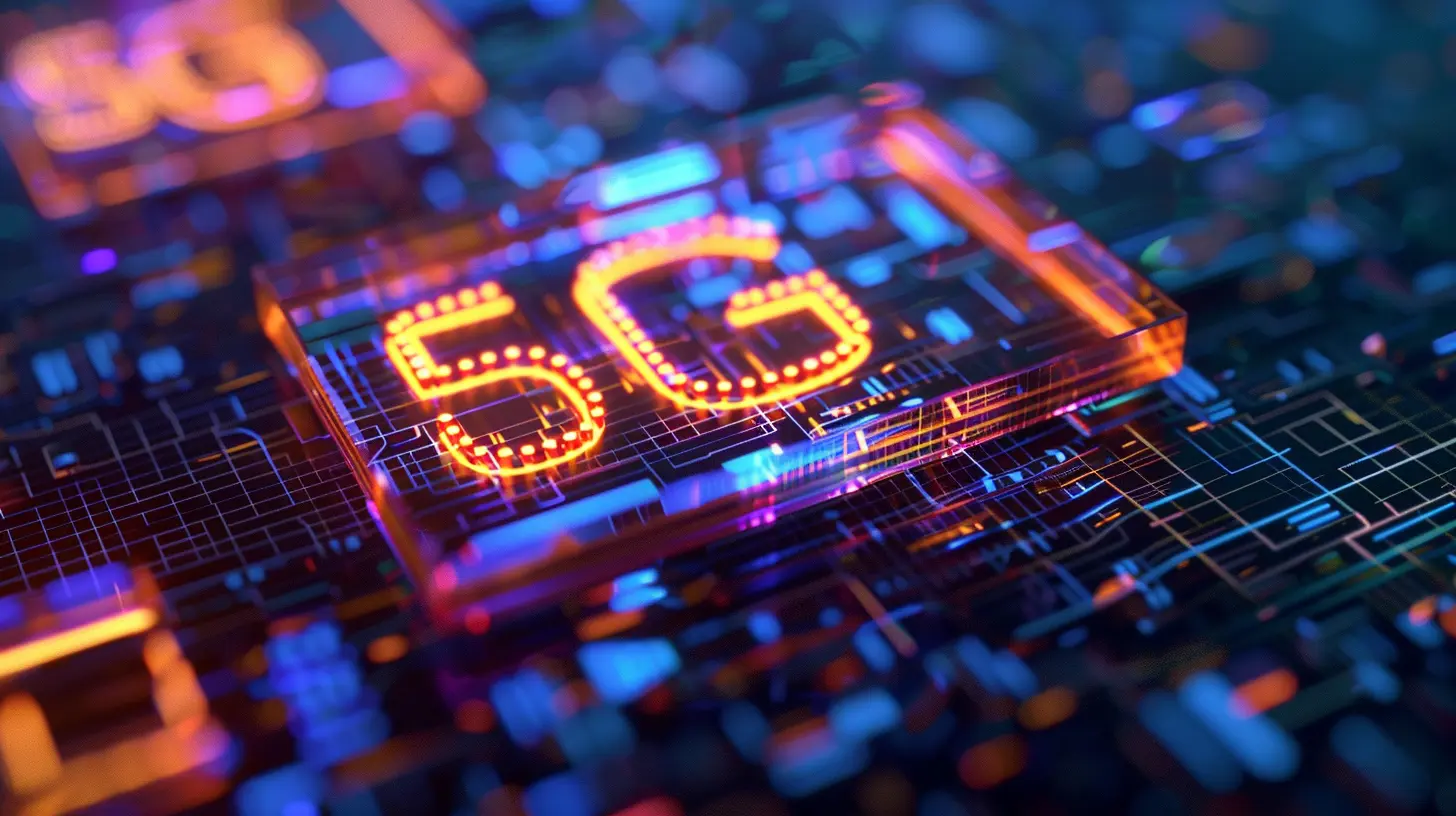
What Is 5G and IoT?
Alright, before we get into the nitty-gritty, let's break down what we’re talking about.5G in a Nutshell
5G is the fifth generation of mobile network technology. It’s the follow-up to 4G, and while that may not seem like a big deal, trust me, it is. We're talking about speeds up to 100 times faster than 4G, latency that’s almost nonexistent, and the ability to connect a massive number of devices at once without breaking a sweat. It’s like upgrading from a bicycle to a rocket ship.Basically, with 5G, you’re looking at faster downloads, smoother streaming, and more reliable connections. But that’s just the surface—5G is about way more than watching YouTube videos without buffering. It’s going to be the backbone of a new digital world, especially when it comes to IoT.
IoT: A Quick Refresher
Now, IoT (Internet of Things) is all about connecting everyday devices to the internet. We’re talking about everything from your smart fridge and thermostat to industrial sensors and autonomous vehicles. These devices “talk” to each other, share data, and make our lives easier, whether it's by turning off the lights for you or monitoring the machinery in a factory.IoT is already pretty cool, but it’s still limited by the current network infrastructure. That’s where 5G swoops in like a superhero.
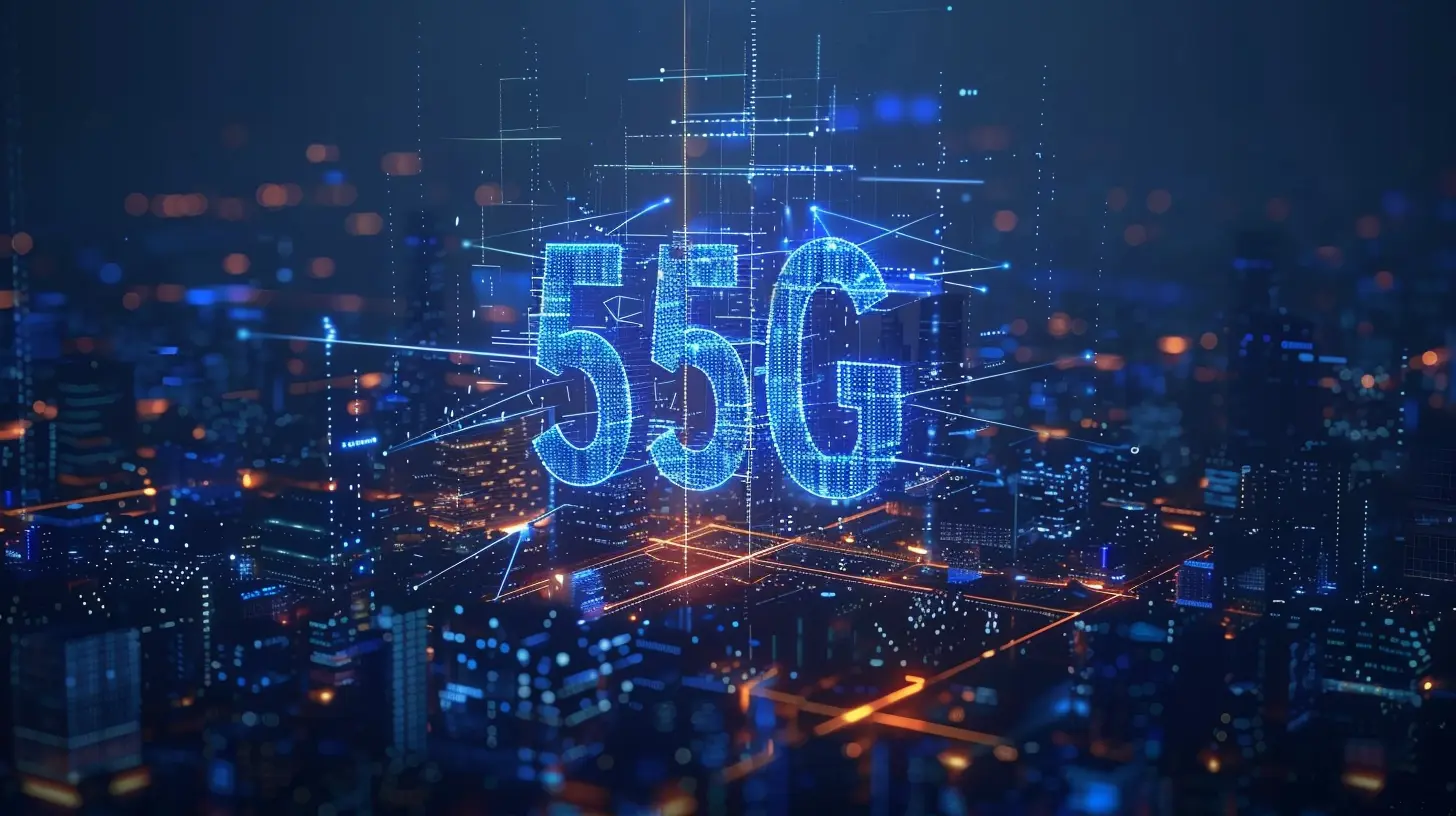
The Marriage of 5G and IoT: A Game-Changer
So, what happens when you throw 5G into the IoT mix? It’s like adding jet fuel to a go-kart. The potential is mind-blowing. Let's break down why this combo is going to be a total game-changer for the IoT ecosystem.1. Ultra-Low Latency: Real-Time Everything
One of the biggest perks of 5G is its ultra-low latency. For those who aren’t tech nerds, latency is basically the time it takes for data to travel from Point A to Point B. With 4G, there’s a bit of a lag. It’s not super noticeable when you're browsing Instagram, but for IoT devices, especially those that require real-time communication, a few milliseconds can make a huge difference.Think about self-driving cars. They need to communicate with sensors, traffic lights, and other vehicles instantly. A split-second delay could cause an accident. With 5G’s near-instantaneous response time, these cars can make decisions in real-time, avoiding crashes and keeping everyone safe.
And it’s not just about cars. In healthcare, surgeons could perform remote surgeries using robotic arms controlled in real-time from thousands of miles away. Manufacturing plants could run smoother with machines “talking” to each other with zero delay.
2. Massive Device Connectivity: A World of Smart Everything
The current network infrastructure can only handle so many devices before it starts to choke. But with 5G, we’re talking about the ability to support up to 1 million devices per square kilometer. Yes, you read that right—1 million! That’s a ton of smart devices all connected to the same network, working seamlessly together.Imagine a smart city where every streetlight, parking meter, and garbage bin is connected, constantly communicating with each other to optimize energy use, reduce congestion, and improve waste management. Or think about a smart home where every appliance, from your fridge to your doorbell, is integrated and working in harmony without ever slowing down your Wi-Fi.
5G is the key to unlocking the full potential of IoT, allowing for more connected devices than ever before without compromising on performance.
3. Faster Data Transfer: More Data, Less Waiting
When you have a smart ecosystem of devices, they’re constantly collecting and transmitting data. The more data they can share, the smarter they get. But with 4G, the data transfer speeds can be a bottleneck. Enter 5G, and suddenly, devices can transfer huge amounts of data in seconds.For example, in agriculture, farmers are already using IoT devices to monitor soil conditions, track livestock, and control irrigation systems. With 5G, these devices will be able to collect and analyze data in real-time, helping farmers make better decisions faster. They’ll know the exact moment to water crops or when an animal is in distress. This kind of real-time data transfer could lead to higher yields, better resource management, and even a reduction in food waste.
In industries like manufacturing, faster data transfer means machines can communicate more efficiently, spotting defects or maintenance issues immediately and responding without any downtime. That’s a huge win for productivity.
4. Improved Energy Efficiency: Longer Battery Life for IoT Devices
One of the challenges IoT devices face today is battery life. Many of these devices are small, and constantly being connected to the network uses up battery power quickly. But here’s the good news: 5G is designed to be more energy-efficient, especially when it comes to IoT devices.With 5G, IoT devices can stay connected while using less power, which means longer battery life. This is especially important for things like remote sensors in agriculture or wearable health monitors. You won’t need to constantly swap out batteries, and devices can keep collecting data for longer periods without needing a recharge.
5. Enhanced Security: Keeping Your Data Safe
With all these connected devices, security is a huge concern. If IoT devices aren’t properly secured, they can become vulnerable to hacking and data breaches. But here’s where 5G comes to the rescue again.5G networks come with improved security features, including better encryption and network slicing. What’s network slicing? It’s a fancy way of saying that 5G can create multiple, isolated networks on a single infrastructure. This ensures that sensitive data is kept separate from other traffic, reducing the risk of cyberattacks.
In other words, your smart devices won’t just be faster and more powerful—they’ll also be more secure.
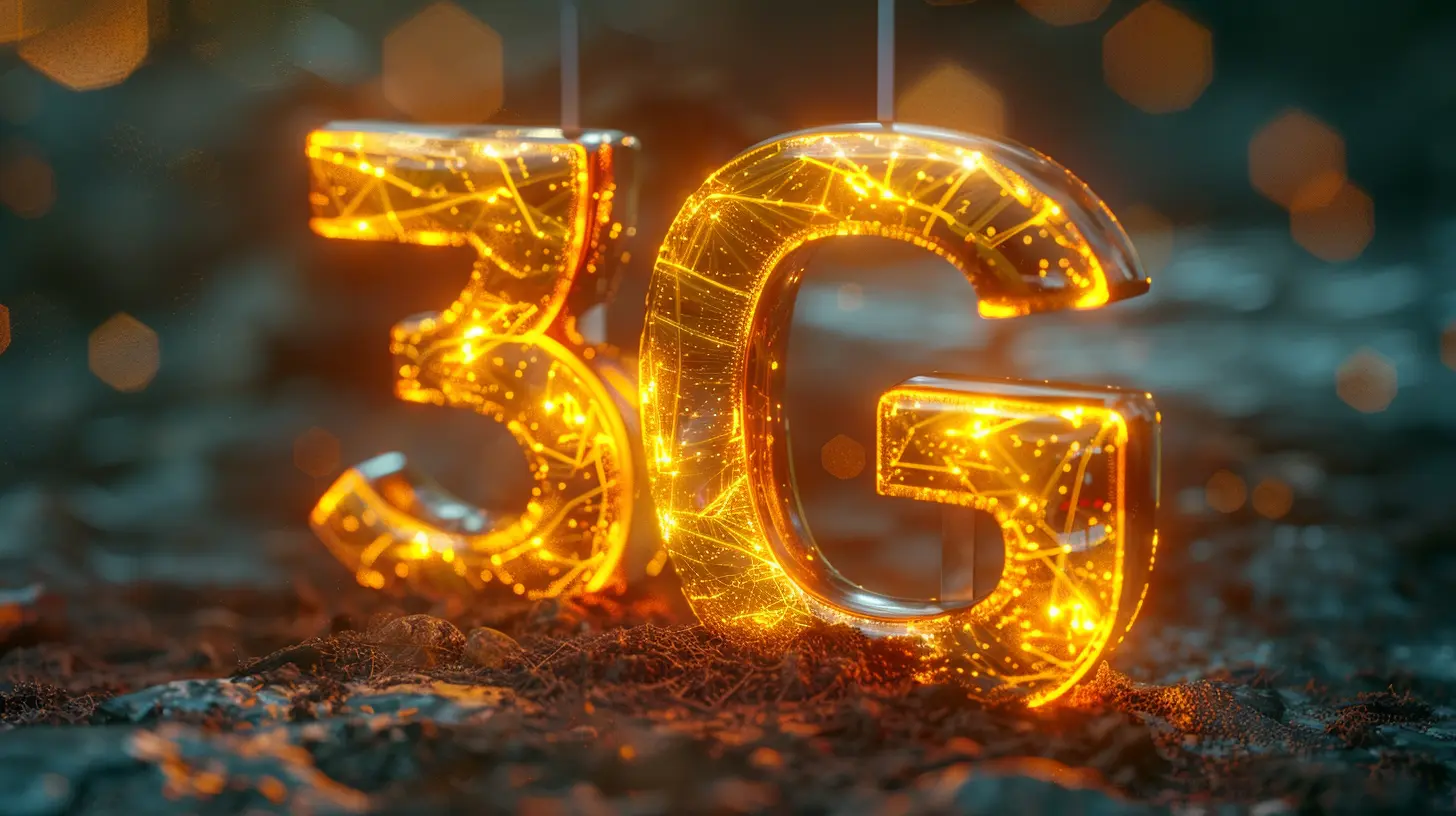
Real-World Applications: How 5G and IoT Will Shape the Future
Alright, now that we’ve covered the techy stuff, let’s talk about how all of this is going to play out in the real world. Once 5G and IoT truly mesh, we’re going to see some incredible changes across various industries. Here are just a few examples:1. Healthcare
Imagine a world where doctors can monitor patients remotely in real-time, without any delays, thanks to 5G-powered wearable devices. Patients with chronic conditions could have their health monitored 24/7, with the data being sent to doctors instantly. In emergencies, ambulances equipped with IoT devices could communicate with hospitals, allowing doctors to prepare before the patient even arrives.You could even have surgeries performed by robots controlled by expert surgeons from across the globe. It sounds like science fiction, but with 5G, it’s not far off.
2. Smart Cities
We’ve already touched on this, but smart cities are going to be a huge deal. With 5G, cities could become more efficient, sustainable, and safe. Traffic lights could adjust based on real-time traffic conditions, reducing congestion. Public transportation could be optimized to ensure buses and trains run on schedule. Even waste collection could be automated, with sensors in bins alerting the city when they need to be emptied.The possibilities for smart cities are endless, and 5G is what will make it all possible.
3. Manufacturing
In the world of manufacturing, 5G and IoT are going to revolutionize the production process. Factories will be filled with smart machines that can communicate with each other, detect issues before they become problems, and optimize production lines in real-time. Downtime will be reduced, productivity will skyrocket, and costs will go down.4. Agriculture
Farming may not seem like the first place you’d think to find cutting-edge technology, but 5G is going to change that. Smart farming is already on the rise, with IoT devices monitoring everything from soil health to crop growth. With 5G, farmers will be able to get real-time data from their fields, allowing them to make quicker, more informed decisions. This will lead to better yields, reduced waste, and more efficient use of resources like water and fertilizer.5. Autonomous Vehicles
Self-driving cars are one of the most exciting applications of 5G and IoT. These cars rely on real-time data from sensors, cameras, and other vehicles to navigate safely. With 5G, the latency issues that plague current networks will be eliminated, allowing autonomous vehicles to make split-second decisions. This will make self-driving cars safer, more reliable, and more efficient.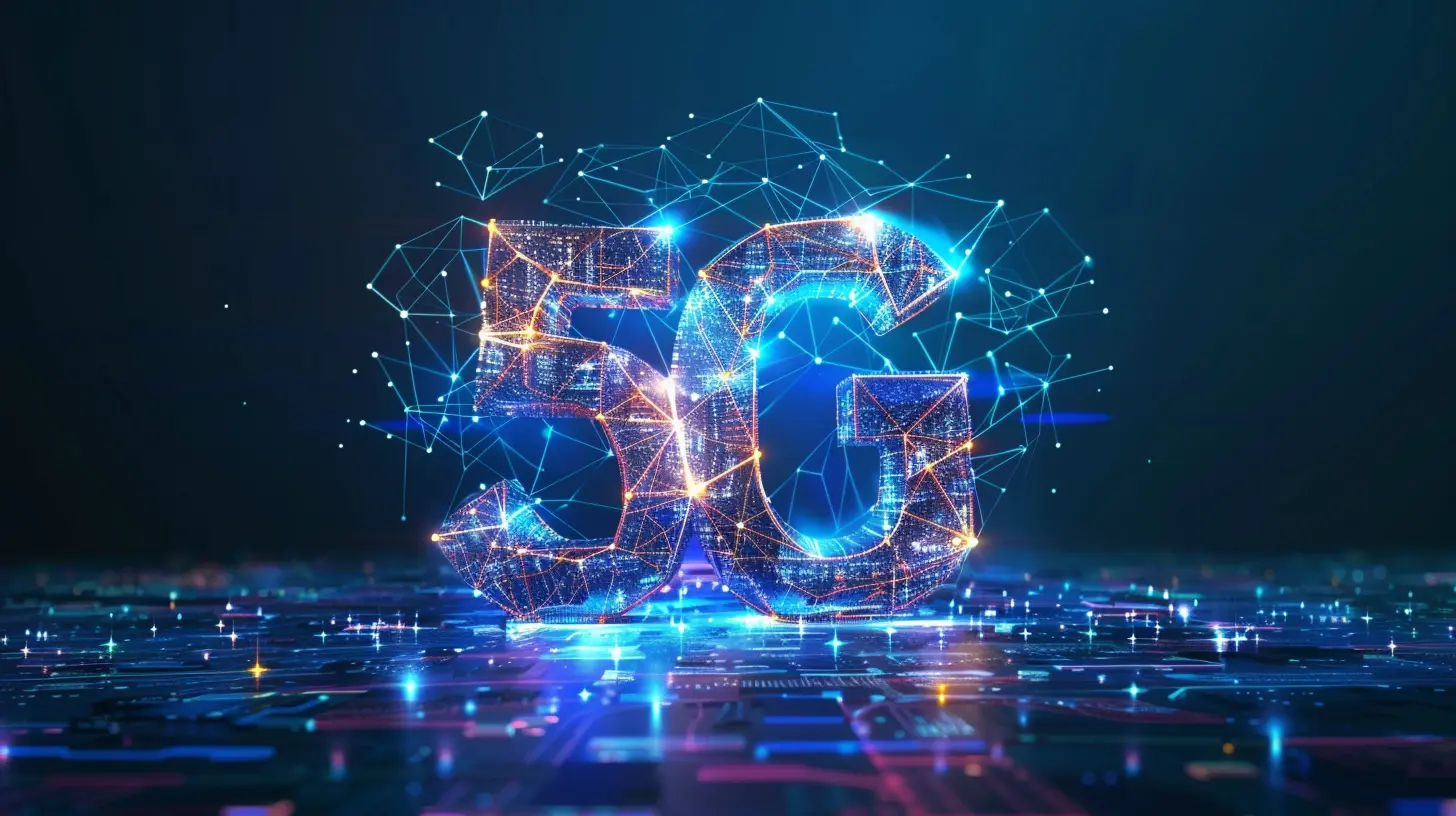
Conclusion: The Future is 5G and IoT
So, there you have it. 5G isn’t just about faster internet on your phone—it’s going to revolutionize the IoT ecosystem. From healthcare and manufacturing to agriculture and smart cities, 5G will unlock the full potential of IoT devices, making our world more connected, efficient, and secure.As 5G continues to roll out, we’re going to see a wave of innovation that will reshape industries and change the way we live. The future is bright, and 5G is the key that’s going to unlock it.
all images in this post were generated using AI tools
Category:
Tech NewsAuthor:

Gabriel Sullivan
Discussion
rate this article
21 comments
Jasmine Clayton
Great read! It's fascinating to see how 5G will supercharge the Internet of Things. Imagine seamless connectivity for our devices and smarter homes! The possibilities are endless, and I can't wait to see how this technology transforms our daily lives in the coming years.
March 25, 2025 at 4:24 AM

Gabriel Sullivan
Thank you! I share your excitement about the transformative potential of 5G in enhancing connectivity and creating smarter homes. The future is indeed promising!
Henrietta Blair
5G isn’t just a speed upgrade; it’s a game-changer for IoT. With ultra-low latency and massive connectivity, it transforms everything from smart cities to healthcare. Brace yourself for an ecosystem where devices don’t just communicate—they collaborate in real-time, redefining our digital landscape.
March 16, 2025 at 5:09 AM

Gabriel Sullivan
Absolutely! 5G is set to revolutionize IoT by enabling seamless real-time collaboration among devices, paving the way for smarter cities and enhanced healthcare solutions.
Spike McFarlane
5G enhances connectivity, powering the future of IoT.
March 14, 2025 at 8:32 PM

Gabriel Sullivan
Absolutely! 5G's high speed and low latency are key to unlocking the full potential of IoT, enabling seamless communication and smarter solutions across various sectors.
Soren Cummings
5G: the turbocharger for IoT’s limitless potential and innovation!
March 10, 2025 at 7:15 PM

Gabriel Sullivan
Thank you! Indeed, 5G is set to unlock unprecedented possibilities for IoT, driving innovation and connectivity to new heights.
Idris Foster
As 5G sweeps across the globe, a new era beckons. What hidden potentials lie within the interconnected web of devices? Could this leap in connectivity unlock unforeseen innovations—or perhaps even stir a technological awakening? The future is here, but are we ready for its secrets?
March 9, 2025 at 12:15 PM

Gabriel Sullivan
Absolutely! 5G will significantly enhance IoT capabilities, enabling smarter cities, advanced healthcare, and seamless automation. While it opens doors to innovation, we must stay vigilant about security and ethical implications as we embrace this new era.
Thane McKibben
5G is like giving the Internet of Things a double espresso—suddenly everything’s buzzing with excitement! Just imagine your fridge texting you to order milk while your toaster takes a selfie. Can’t wait for my smart vacuum to complain about the dust bunnies!
March 8, 2025 at 8:39 PM

Gabriel Sullivan
Absolutely! 5G will supercharge IoT devices, making them smarter and more connected than ever. Exciting times ahead!
Sloane Navarro
The article effectively highlights how 5G will enhance the Internet of Things (IoT) by enabling faster data transmission, lower latency, and improved connectivity. This transformation will facilitate smarter cities, advanced automation, and real-time analytics, ultimately driving innovation and efficiency across various industries.
March 8, 2025 at 12:10 PM

Gabriel Sullivan
Thank you for your insightful comment! I appreciate your recognition of 5G's potential to transform the IoT landscape and drive innovation across industries.
Verity Bell
Great insights on the transformative power of 5G for IoT! Excited to see how these advancements will enhance connectivity and open up new possibilities for innovative technologies. Keep up the fantastic work!
March 8, 2025 at 3:38 AM

Gabriel Sullivan
Thank you! I'm glad you found the insights valuable. Exciting times ahead for 5G and IoT!
Jillian Valentine
What an exciting time for technology! 🚀 The potential of 5G to transform the Internet of Things is truly groundbreaking. Faster speeds and seamless connectivity will unlock incredible possibilities for innovation. Can't wait to see what's next! 🌟
March 5, 2025 at 7:26 PM

Gabriel Sullivan
Thank you! We're just scratching the surface of what 5G can achieve for the IoT ecosystem. Exciting times ahead! 🚀
Zander McBride
Absolutely thrilled about the possibilities 5G brings to the Internet of Things! Its lightning-fast speeds and ultra-reliable connections will unlock a new realm of innovation, making our devices smarter and more connected than ever. Exciting times ahead for tech enthusiasts and everyday users alike—let's embrace this revolution together! 🌟
March 5, 2025 at 1:27 PM

Gabriel Sullivan
Thank you! We’re just as excited about the transformative impact of 5G on IoT—it's truly a game changer for innovation and connectivity!
Hope Cooper
5G isn’t just a buzzword; it’s the superhero the Internet of Things has been waiting for. Say goodbye to lag and hello to a future that actually connects!
March 2, 2025 at 3:19 AM

Gabriel Sullivan
Absolutely! 5G is indeed the game-changer that will enhance connectivity and eliminate lag, paving the way for a smarter, more interconnected IoT ecosystem.
Lily Pruitt
Exciting times ahead! 5G will supercharge the IoT ecosystem, bringing innovation and connectivity to our everyday lives like never before!
March 1, 2025 at 4:22 AM

Gabriel Sullivan
Absolutely! 5G will be a game-changer, unlocking unprecedented opportunities for IoT innovation and enhancing connectivity in our daily lives.
Sylvia Ward
This article effectively highlights the transformative potential of 5G for the IoT ecosystem. However, it’s essential to consider the challenges of implementation, including infrastructure costs and security concerns, which could impact widespread adoption.
February 28, 2025 at 1:39 PM

Gabriel Sullivan
Thank you for your insightful comment! You're absolutely right; while 5G offers transformative potential for IoT, addressing infrastructure and security challenges is crucial for successful implementation and adoption.
Etta Smith
5G: the caffeinated superhero of the IoT world, ready to zap lag and bring your toaster and refrigerator to life!
February 27, 2025 at 7:59 PM

Gabriel Sullivan
Absolutely! 5G is indeed the game-changer that empowers IoT devices, enabling seamless connectivity and real-time communication.
Madison McNulty
Absolutely thrilled by the possibilities of 5G! 🌟 It's exciting to see how this technology will supercharge the IoT ecosystem, making our lives smarter, faster, and more connected than ever! 🚀
February 27, 2025 at 11:15 AM

Gabriel Sullivan
Thank you! We're just scratching the surface of 5G's potential, and it's exciting to envision the smart, connected future ahead!
Beth Kirkpatrick
5G will dramatically enhance the Internet of Things (IoT) by enabling faster data transfer, lower latency, and increased connectivity. This transformation will empower smart devices to communicate seamlessly, facilitating advancements in automation, smart cities, healthcare, and industrial applications, ultimately improving efficiency.
February 26, 2025 at 9:46 PM

Gabriel Sullivan
Absolutely! 5G's enhanced capabilities will be pivotal in unleashing the full potential of IoT, driving innovation across various sectors and significantly improving overall efficiency.
Nellie Morris
Great insights! Excited to see how 5G will supercharge the IoT ecosystem. It’s amazing to think about all the possibilities this tech will unlock!
February 26, 2025 at 3:25 AM

Gabriel Sullivan
Thank you! It's indeed thrilling to envision the transformative impact of 5G on IoT. The possibilities are endless!
Teagan Harris
5G is like giving the IoT a triple espresso—suddenly everything’s faster, smarter, and way more chatty! Just wait until our fridges start texting us about missing snacks. #Priorities
February 25, 2025 at 5:49 AM

Gabriel Sullivan
Absolutely! 5G will supercharge IoT, enabling seamless communication and real-time insights—your fridge might just become your new snack assistant!
Aurelia Bowers
Great article! The potential of 5G to transform the IoT ecosystem is truly exciting. It opens up endless possibilities for innovation and connectivity, significantly enhancing our daily lives and industries. Looking forward to seeing these advancements unfold!
February 24, 2025 at 1:48 PM

Gabriel Sullivan
Thank you! I share your excitement about the transformative potential of 5G in the IoT space. It truly is a game-changer for connectivity and innovation!
Vera McNab
5G is the game-changer we need—unlocking limitless possibilities for the IoT ecosystem and transforming how we connect and innovate!
February 24, 2025 at 5:03 AM

Gabriel Sullivan
Absolutely! 5G is a crucial catalyst for the IoT, enabling enhanced connectivity and innovation across various sectors.
Kendall McGonagle
This article presents a concise overview of how 5G technology is set to transform the Internet of Things landscape. The insights on enhanced connectivity and potential applications are particularly compelling, highlighting the significant advancements we can expect in smart devices and automation. Great read!
February 21, 2025 at 4:38 AM

Gabriel Sullivan
Thank you for your kind words! I'm glad you found the article insightful and informative. 5G's potential truly is exciting for the IoT landscape!
MORE POSTS
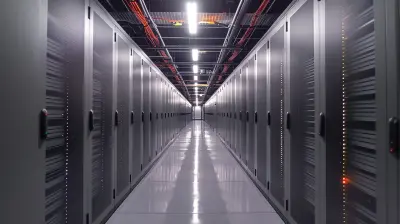
Data Centers in Developing Markets: The Next Wave of Global Expansion
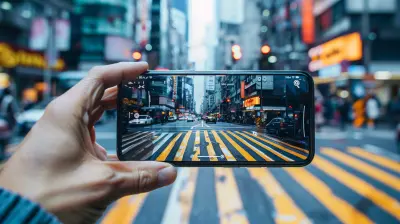
Exploring the Ethical Implications of Augmented Reality
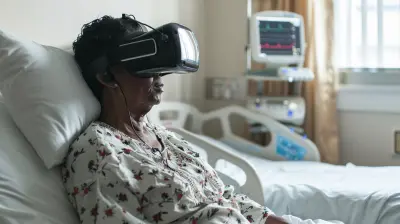
The Role of Virtual Reality in Healthcare and Therapy

The Impact of Network Latency on Online Gaming
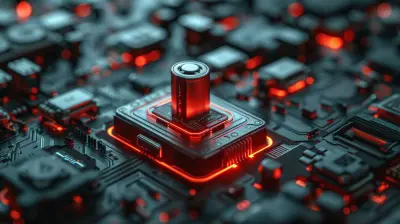
Exploring the Latest in Battery Technology for Gadgets

Why Biometric Security Is Becoming a Standard in Modern Devices
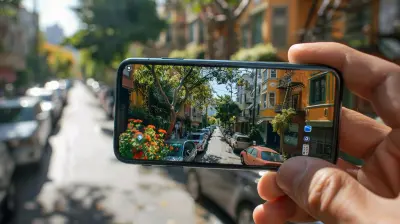
Unlocking the Future: How Augmented Reality is Changing Everyday Life

Tech Conferences That Are Defining the Future of Work
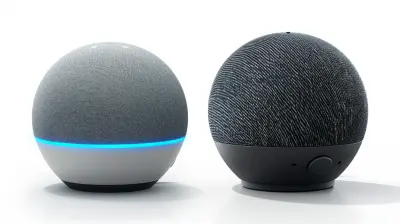
Amazon Echo vs. Google Nest: Best Smart Speaker for Your Home
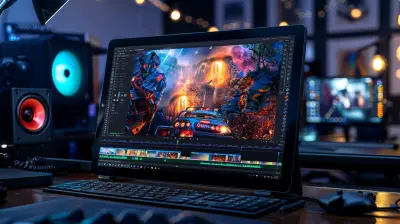
Sleek and Powerful Tablets for Creative Professionals on the Move

Augmented Reality in Pop Culture: From Sci-Fi to Reality

The Environmental Impact of IoT: Can It Help Combat Climate Change?
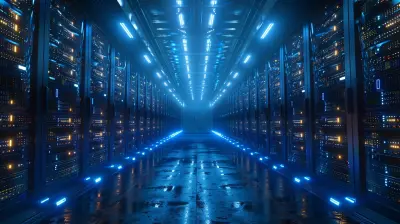
Protecting Sensitive Data in Cloud Storage: Tips and Techniques